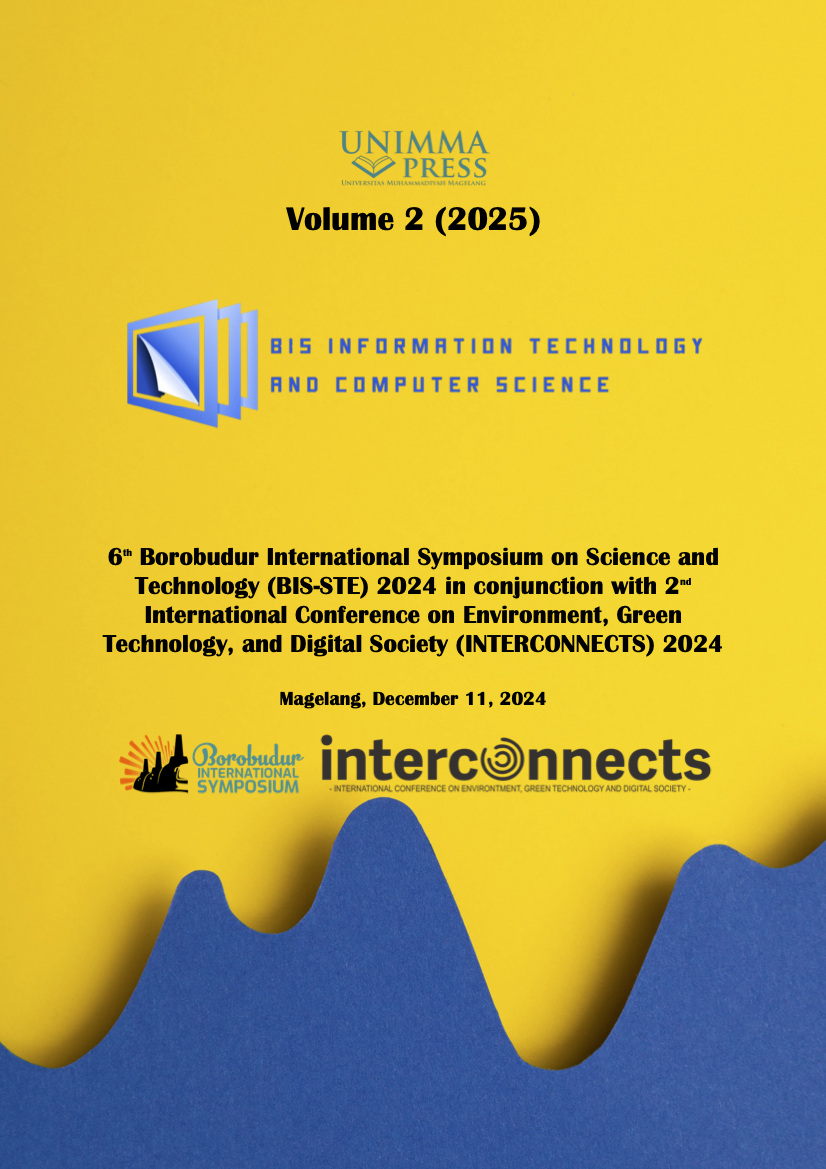Leveraging ICT tools to foster digital communication and digital society responsibility in ELT classrooms
Keywords:
Digital communication, Digital society responsibility, ICT in ELT, IoT in educationAbstract
In an era defined by rapid technological advancements, fostering digital communication and responsibility is crucial for preparing learners to thrive in a digitally interconnected society. In English Language Teaching (ELT), the integration of Information and Communication Technology (ICT) tools and Internet of Things (IoT) technologies offers transformative opportunities to enhance learning outcomes while promoting ethical digital practices and global communication skills. A qualitative case study was conducted with 43 English prospective teachers who enrolled ICT in ELT subject. Data from semi-structured interviews, questionnaires, and document analysis revealed that ICT tools significantly improve student engagement and communication. Platforms like Google Classroom and Schoology were noted for facilitating collaborative discussions, while virtual tools such as Zoom enhanced real-time interaction and intercultural exchanges. Collaborative tools like Padlet and IoT-enabled devices supported interactive, context-rich learning environments. Findings showed that 85% of participants observed improved digital literacy and communication skills among students, particularly in group projects and global virtual exchanges. However, challenges such as technical limitations and teacher readiness were highlighted. AI tools like ChatGPT fostered learner autonomy, though some educators expressed concerns about ethical use. This study emphasizes the transformative role of ICT and IoT in fostering global digital communication and responsibility in ELT, underscoring the need for teacher training and resource optimization.
References
[1] R. Han, G. Alibakhshi, L. Lu, and A. Labbafi, “Digital communication activities and EFL learners’ willingness to communicate and engagement: Exploring the intermediate language learners’ perceptions,” Heliyon, vol. 10, no. 3, 2024, doi: 10.1016/j.heliyon.2024.e25213.
[2] A. I. Muslimin, N. Mukminatien, and F. M. Ivone, “TPACK-SAMR digital literacy competence, technostress, and teaching performance: Correlational study among EFL lecturers,” Contemp Educ Technol, vol. 15, no. 2, 2023, doi: 10.30935/cedtech/12921.
[3] G. N. Hafifah and G. H. Sulistyo, “Teachers’ ICT literacy and ICT integration in ELT in the Indonesian higher education setting,” Turkish Online Journal of Distance Education, vol. 21, no. 3, 2020, doi: 10.17718/TOJDE.762050.
[4] D. Bozdoǧan and R. Özen, “Use of ICT technologies and factors affecting pre-service ELT teachers’ perceived ICT self-efficacy,” Turkish Online Journal of Educational Technology, vol. 13, no. 2, 2014.
[5] G. N. Hafifah, “Teachers Perspectives of ICT Integration in English Language Teaching: A Review of Literature,” JEES (Journal of English Educators Society), vol. 5, no. 1, 2020, doi: 10.21070/jees.v5i1.205.
[6] N. M. Khan and K. Kuddus, “Integrating ICT in English language teaching in bangladesh: teachers’ perceptions and challenges,” Rupkatha Journal on Interdisciplinary Studies in Humanities, vol. 12, no. 5, 2020, doi: 10.21659/RUPKATHA.V12N5.RIOC1S23N1.
[7] D. S. Saud and S. Laudari, “English Language Teachers’ Experiences of Using ICT in ELT,” Journal of NELTA, vol. 28, no. 1, 2023, doi: 10.3126/nelta.v28i1.61800.
[8] A. Fitri and A. A. Rifa’at, “The Use of ICT in ELT: How Teacher Should Be Empowered,” IDEAS: Journal on English Language Teaching and Learning, Linguistics and Literature, vol. 9, no. 2, 2022, doi: 10.24256/ideas.v9i2.2402.
[9] A. Nugrahani, “Perceptions of Students of English Education Program towards ICT in ELT Course,” JIIP - Jurnal Ilmiah Ilmu Pendidikan, vol. 6, no. 4, 2023, doi: 10.54371/jiip.v6i4.1726.
[10] J. P. A. Yaacoub, H. N. Noura, O. Salman, and A. Chehab, “Ethical hacking for IoT: Security issues, challenges, solutions and recommendations,” Internet of Things and Cyber-Physical Systems, vol. 3, 2023, doi: 10.1016/j.iotcps.2023.04.002.
[11] A. Y. Wang, “Understanding levels of technology integration: A TPACK scale for EFL teachers to promote 21st-century learning,” Educ Inf Technol (Dordr), vol. 27, no. 7, 2022, doi: 10.1007/s10639-022-11033-4.
Downloads
Published
Conference Proceedings Volume
Section
License

This work is licensed under a Creative Commons Attribution-NonCommercial 4.0 International License.

